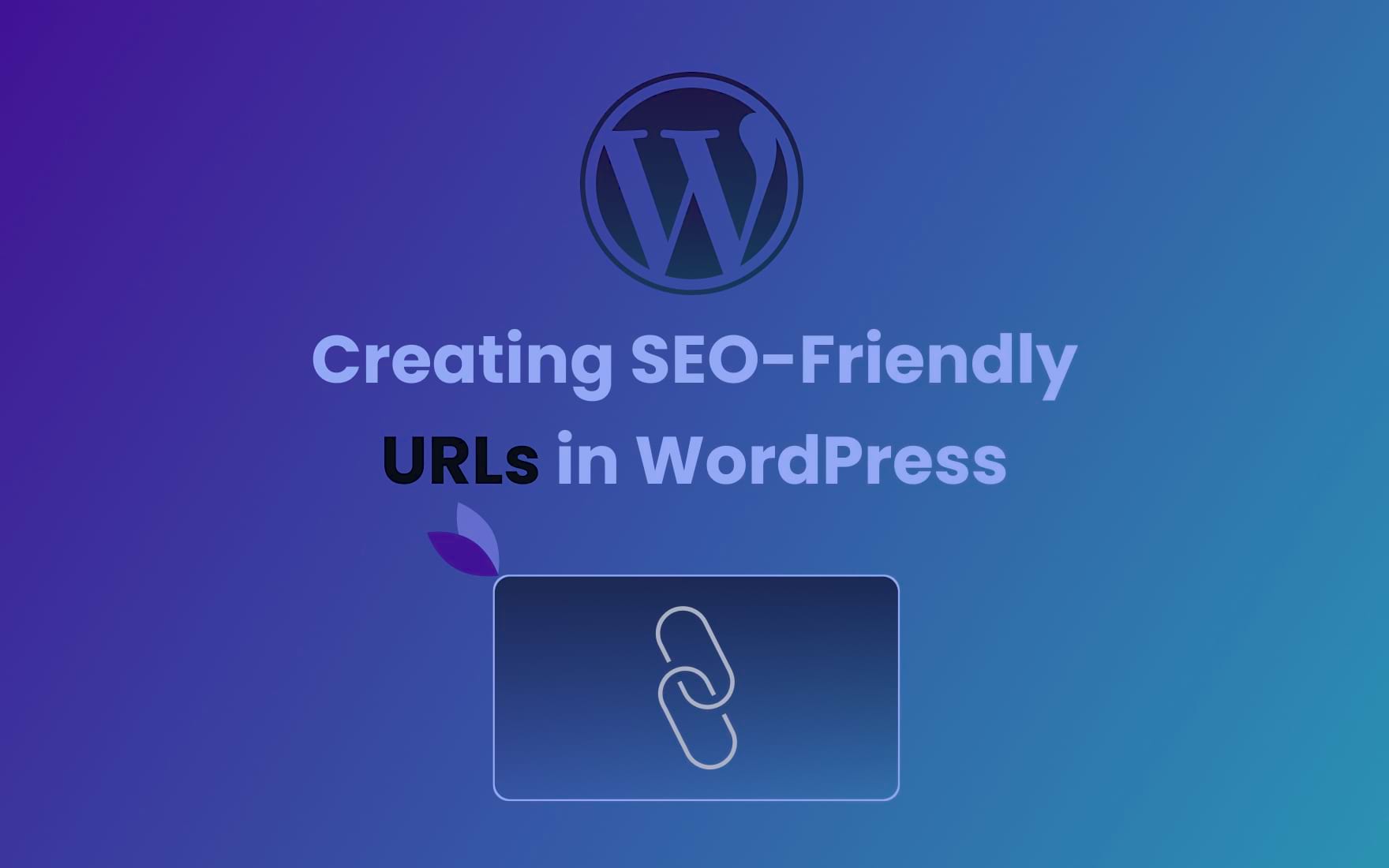SEO-Friendly URLs in WordPress
In the realm of SEO, every detail matters. One often-overlooked detail that can significantly impact your website’s search engine rankings is the URL structure. WordPress, one of the most popular content management systems in the world, provides the tools and flexibility needed to create SEO-friendly URLs. In this comprehensive guide, we’ll explore the importance of SEO-friendly URLs, best practices for structuring them, and how to implement these changes effectively in your WordPress website.
Chapter 1: Understanding SEO-Friendly URLs
What Are SEO-Friendly URLs?
SEO-friendly URLs, also known as “clean” or “pretty” URLs, are web addresses that are optimized for search engines and human readers alike. They are concise, descriptive, and organized, making it easier for search engines to understand the content of a web page.
The Significance of SEO-Friendly URLs
Discover why SEO-friendly URLs matter for your website’s SEO efforts. From improved user experience to higher search rankings, these URLs play a pivotal role in your online success.
Chapter 2: Best Practices for URL Structure
Simplicity Is Key
Learn how to simplify your URLs by eliminating unnecessary elements like query strings, numbers, and special characters. Clean URLs are easier to read and remember.
Use Keywords Wisely
Incorporate relevant keywords into your URLs, but do so sparingly and naturally. Keyword-stuffed URLs can be counterproductive.
Hyphens vs. Underscores
Find out why hyphens are preferred over underscores as word separators in URLs. Hyphens are more search engine-friendly and improve readability.
Keep It Short and Descriptive
Craft concise URLs that accurately reflect the content of the page. Short URLs are easier to share and remember.
Chapter 3: Implementing SEO-Friendly URLs in WordPress
Permalink Settings
Understand how to configure your WordPress permalink settings for SEO-friendly URLs. WordPress offers several options, including custom structures.
Editing Existing URLs
Learn how to edit existing URLs on your WordPress site without causing broken links or SEO issues.
Redirections
Explore the importance of setting up proper redirects when changing URLs to maintain SEO value and user experience.
Chapter 4: Avoiding Common URL Mistakes
Dynamic URLs
Discover the pitfalls of dynamic URLs and why static, keyword-rich URLs are preferred for SEO.
Stop Words
Understand the role of stop words in URLs and when to include or omit them.
Capitalization and Case Sensitivity
Learn about URL capitalization and how case sensitivity can impact SEO and user experience.
Chapter 5: Testing and Monitoring
Google Search Console
Leverage Google Search Console to monitor how Googlebot crawls and indexes your website’s URLs. Identify and address any issues promptly.
Web Analytics
Track the performance of your SEO-friendly URLs using web analytics tools. Measure their impact on traffic, rankings, and user engagement.
Chapter 6: Future-Proofing Your URL Strategy
Keeping Up with SEO Trends
Stay informed about the latest SEO trends and updates, including changes in URL best practices.
Voice Search and Mobile SEO
Explore how voice search and mobile optimization are influencing URL structure and adapt your strategy accordingly.
Conclusion
Creating SEO-friendly URLs in WordPress is not just a best practice; it’s a fundamental step in your SEO journey. With the insights gained from this guide, you have the knowledge and tools to optimize your website’s URLs for search engines and users. Implementing these best practices’ll enhance your website’s visibility, improve user experience, and ultimately boost your search engine rankings. Elevate your WordPress SEO game by ensuring that even the smallest detail, like your URLs, contributes to your online success.


